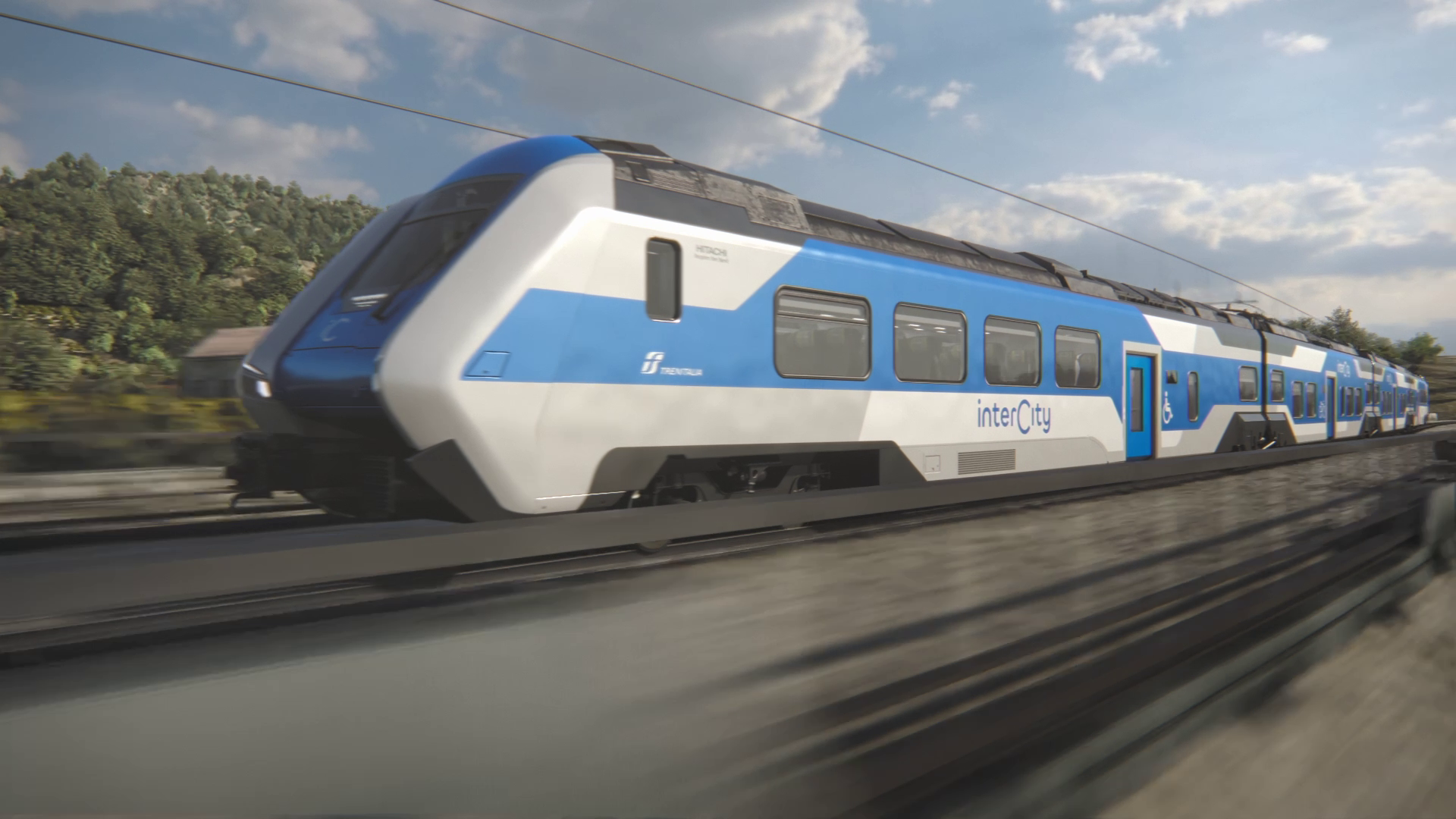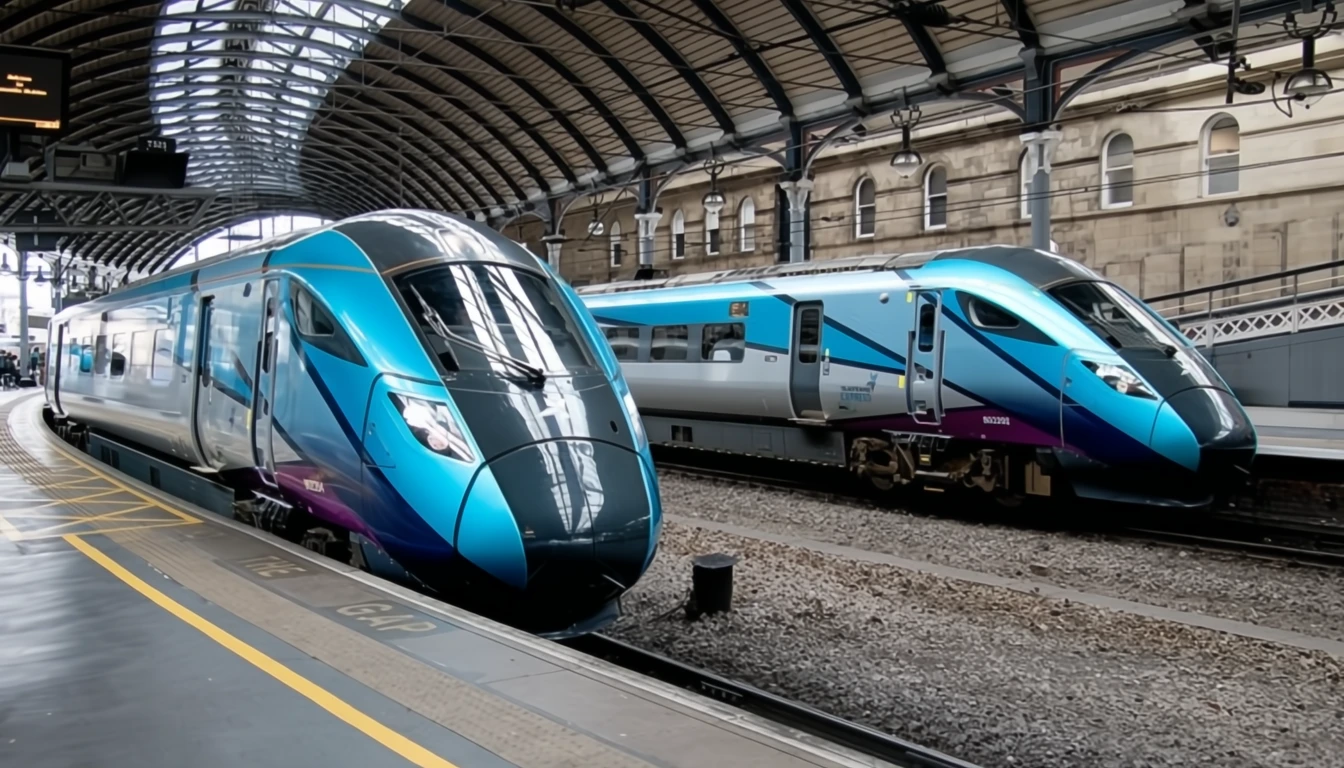Railways around the world are on the verge of a transformation as battery-powered trains emerge as a sustainable alternative to diesel locomotives. Driven by technological advancements and the push for net-zero emissions, several projects in the UK are proving that battery trains can be a viable, cost-effective, and eco-friendly solution.
Cutting the Cord on Diesel Dependence
For decades, railway infrastructure has relied on diesel engines to bridge gaps in electrification. In the UK, the high cost of installing overhead electric wires—estimated at between £1 million and £2.5 million per kilometre—has hindered full electrification, leaving vast portions of the network dependent on fossil fuels. Battery-powered trains could change this equation by eliminating the need for costly infrastructure upgrades while slashing emissions and fuel costs.
Hitachi and Siemens Take the Lead
Leading the charge in battery-powered rail technology are industry giants Hitachi and Siemens. Hitachi recently completed testing of its ‘tri-mode’ trains at its Newton Aycliffe facility in northeast England. These hybrid trains replace one diesel generator with lithium batteries, potentially reducing fuel consumption by up to 50% on non-electrified routes. The company is also developing a fully battery-powered model capable of covering distances of up to 90 kilometres (56 miles), marking a significant step towards the UK government’s ambition to eliminate diesel-only trains by 2040.
Meanwhile, Siemens is conducting trials for battery-only trains at its Goole facility in Yorkshire, with an expected demand for more than 600 trains from operators including Great Western Railway (GWR), ScotRail, and Transport for Wales. Retrofitting existing diesel-electric models with battery technology is also being explored as a means of accelerating the transition to greener rail transport.
Intercity Battery Trains Surpass Expectations
The UK’s first intercity battery train has also delivered promising results. A collaboration between TransPennine Express, Hitachi Rail, and Angel Trains saw a £15 million investment into battery-powered technology, which was tested on routes between Manchester Airport and York, as well as from Leeds to Liverpool Lime Street.
Powered by a 700kW battery installed within the existing undercarriage space, the train exceeded expectations by operating emission-free for up to 43 miles, particularly in pollution-sensitive areas like tunnels and urban centres. Fuel cost savings ranged between 35% and 50%—far surpassing the initial projection of 30%.
Hitachi Rail’s UK and Ireland chief, Jim Brewin, celebrated the achievement, stating, “Everyone should be immensely proud of creating battery technology that had zero failures during the entire trial.”
The success of intercity battery trains has opened up possibilities for future models to extend their range to 100-150 km, reducing the need for costly electrification projects and supporting the UK’s net-zero targets.

A groundbreaking hitachi hybrid battery train for the intercity market in Southern Italy
Fast-Charging Battery Trains Gain Momentum
While battery range remains a limitation, rapid-charging technology is emerging as a potential solution. Great Western Railway (GWR) is leading efforts in this area with trials of rapid-charging battery trains on the Greenford branch line in West London. The trains, converted from older London Underground models, are fitted with FastCharge technology, allowing them to recharge in minutes at designated stations.
Julian Fletcher, the GWR manager overseeing the trials, explained the charging process: “The train comes to a halt, and then the rails become powered, and they charge up the train, and that all happens within the minutes it takes the driver to get out of one end and in the other.”
The trials have already set a UK record, with a fast-charge battery train travelling 86 miles (138 km) without recharging, while maintaining speeds of up to 60 mph and navigating elevation changes of up to 200 metres.
GWR’s Managing Director, Mark Hopwood, reiterated the company’s commitment to sustainability: “We want GWR to be at the forefront of the railway’s commitment to phase out diesel-only traction by 2040.” By replacing diesel engines with battery-powered alternatives, GWR expects to cut over 1,700 tonnes of CO2 emissions annually.
Down The Track
While the progress of battery-powered trains is encouraging, challenges remain. Safety concerns, particularly around battery fires, require thorough risk assessments and technological safeguards. Additionally, range limitations mean that while battery trains are well-suited for shorter, commuter-heavy routes, longer journeys will still require alternative power sources. Hybrid models that can switch between battery and electric power may provide a practical solution in the interim.
Despite these hurdles, momentum is building towards a cleaner, battery-powered future for rail. With continued investment, collaboration between industry players, and government support, battery-powered trains could become a cornerstone of our transport network, reducing costs, emissions, and reliance on fossil fuels.




